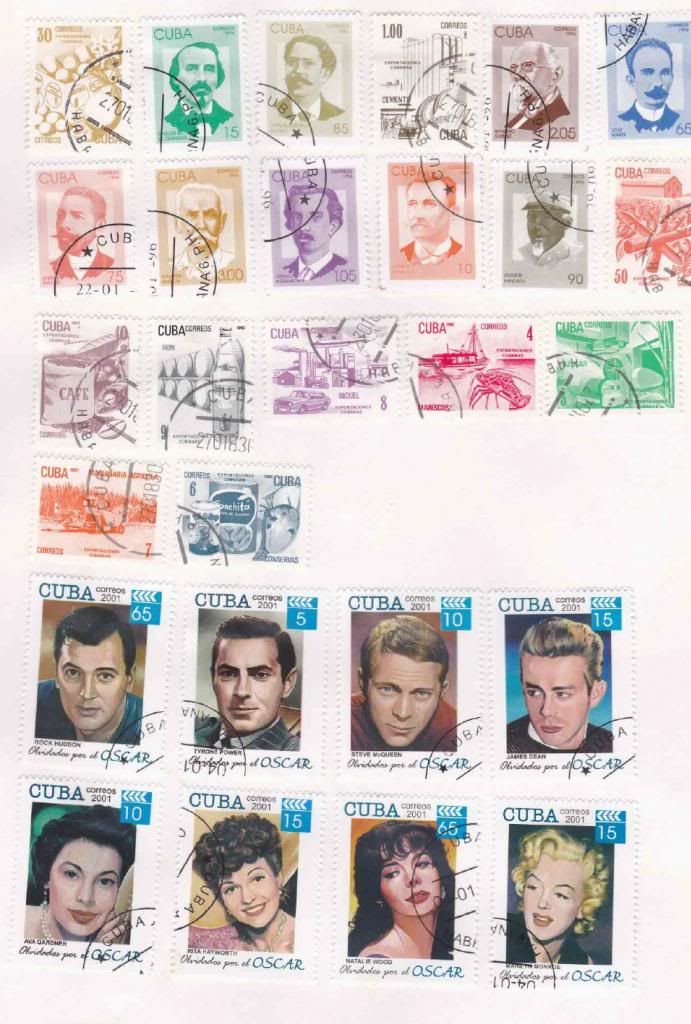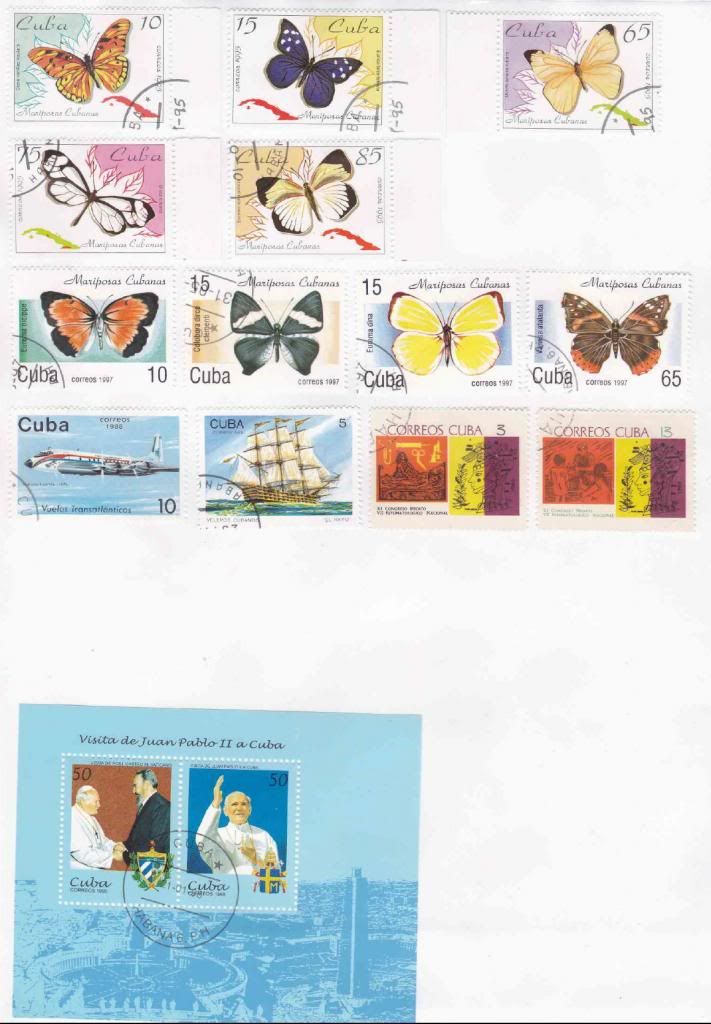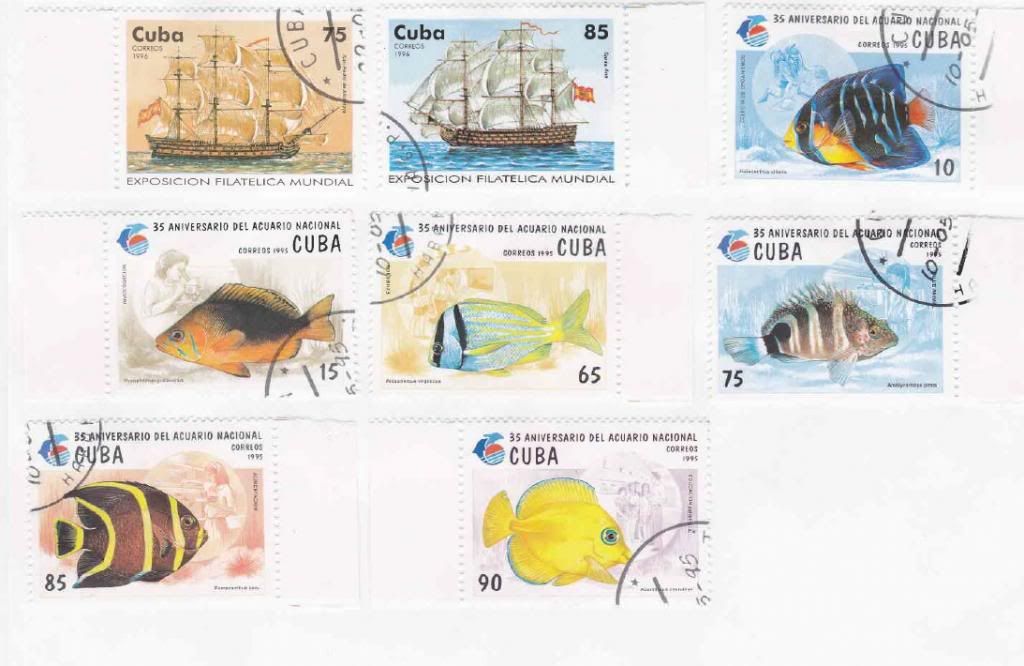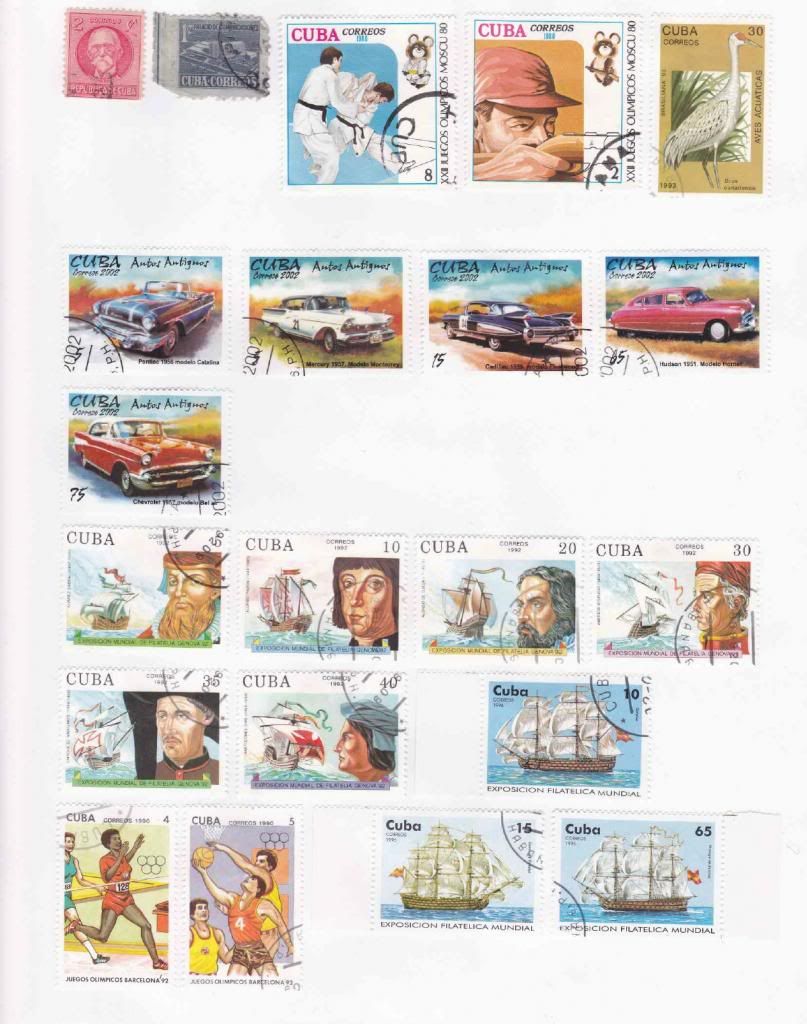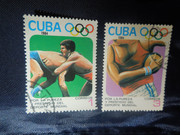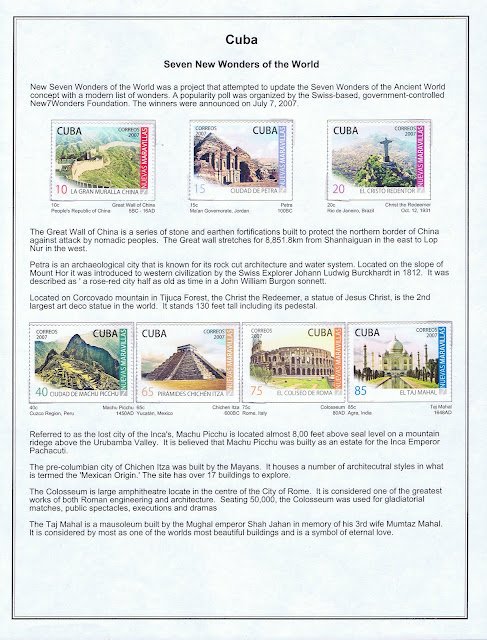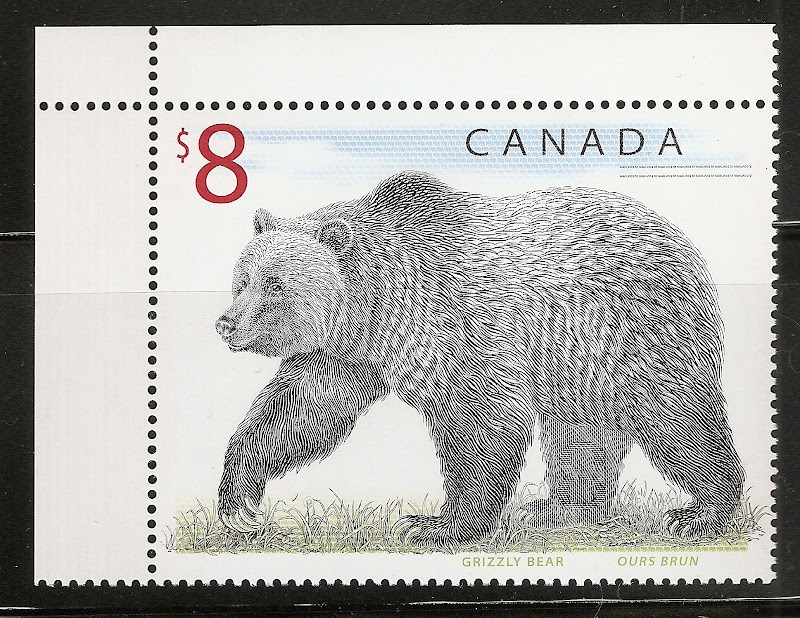Post by Gordon Lee on Sept 6, 2013 16:13:47 GMT -5
Greetings Fellow SB (version 2.0) Boarders
.
I like stamps with stories. This one has three, if you include both of Julio Sanguily's brothers.
.

.
CUBA -- SCOTT 241
.
On February 1, 1910 Cuba issued eight stamps (Scott 239-246) commemorating heroes of the three liberation wars for Independence. All eight stamps are engraved, unwatermarked and perforated 12. Depicted on this violet and blue three-centavos stamp is Julio Sanguily.
.
It took Cuba three bloody efforts to obtain freedom from Spain. The first two, the Ten Year War (1868–1878) and the Little War (1879-1880) failed, in case you were not paying attention. The last war was successful and is probably why Cubans refer to it as The Cuban War of Independence (1895–1898). Julio participated in all three efforts. Starting off as a mere sergeant he eventually obtained the rank of Major General. During the last conflict he had been wounded at least three time, captured twice, escaped to the United States, and returned with Teddy Roosevelt to finish the fight.
.
His little brother, Colonel Manuel Sanguily, fought gallantly also during the last campaign. However, he is more famously known for his works behind the scene during the peace treaty negotiations and later on in life as a noted scholar and author.
.
The oldest brother, Guillermo, is considered to be the very first Cuban to arrive in Australia (even though at that time he was a U.S. citizen). In 1866 as an officer aboard the U.S sailing ship U.S Grant it sank. He and 12 other crewmembers had been able to survive the fatal accident. They were able to reach a deserted island where they remained during 18 months, under difficult conditions, until they were rescued by a whaler and subsequently dropped in Australia. Eventually Guillermo went back to the U.S., married, returned to Australia and became the mayor of Sydney.
.
Yup, this little piece of paper delivered a nice little trifecta.
.
Respectfully,
Gordon Lee
.
I like stamps with stories. This one has three, if you include both of Julio Sanguily's brothers.
.

.
CUBA -- SCOTT 241
.
On February 1, 1910 Cuba issued eight stamps (Scott 239-246) commemorating heroes of the three liberation wars for Independence. All eight stamps are engraved, unwatermarked and perforated 12. Depicted on this violet and blue three-centavos stamp is Julio Sanguily.
.
It took Cuba three bloody efforts to obtain freedom from Spain. The first two, the Ten Year War (1868–1878) and the Little War (1879-1880) failed, in case you were not paying attention. The last war was successful and is probably why Cubans refer to it as The Cuban War of Independence (1895–1898). Julio participated in all three efforts. Starting off as a mere sergeant he eventually obtained the rank of Major General. During the last conflict he had been wounded at least three time, captured twice, escaped to the United States, and returned with Teddy Roosevelt to finish the fight.
.
His little brother, Colonel Manuel Sanguily, fought gallantly also during the last campaign. However, he is more famously known for his works behind the scene during the peace treaty negotiations and later on in life as a noted scholar and author.
.
The oldest brother, Guillermo, is considered to be the very first Cuban to arrive in Australia (even though at that time he was a U.S. citizen). In 1866 as an officer aboard the U.S sailing ship U.S Grant it sank. He and 12 other crewmembers had been able to survive the fatal accident. They were able to reach a deserted island where they remained during 18 months, under difficult conditions, until they were rescued by a whaler and subsequently dropped in Australia. Eventually Guillermo went back to the U.S., married, returned to Australia and became the mayor of Sydney.
.
Yup, this little piece of paper delivered a nice little trifecta.
.
Respectfully,
Gordon Lee







